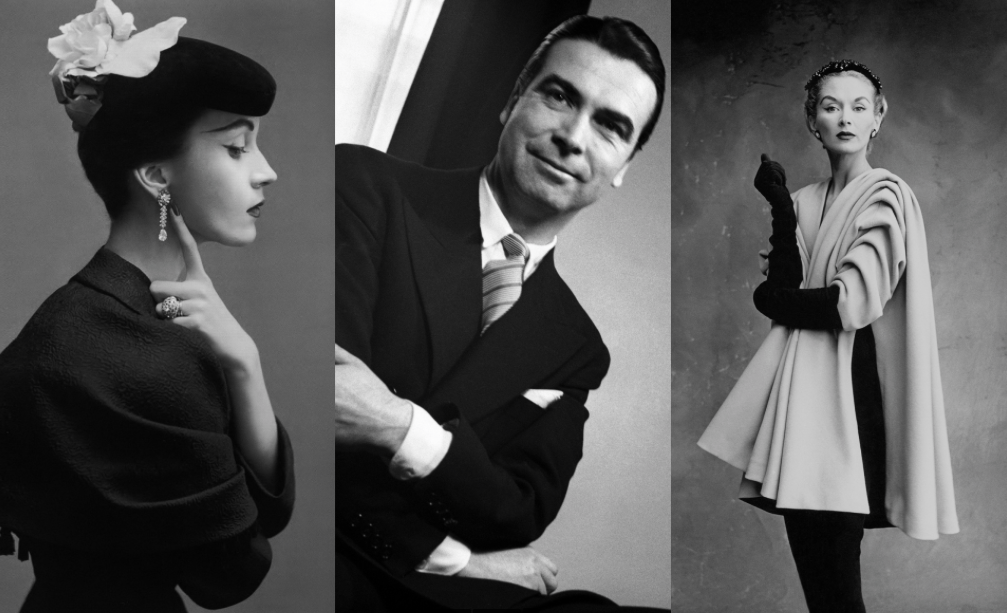This year is the 500th anniversary of Magellan’s expedition, which culminated in Juan Sebastián Elcano becoming the first person to intentionally circumnavigate the planet. Elcano hailed from the small Basque coastal town Getaria, Gipuzkoa, just twenty-five kilometers west of Donostia/San Sebastián. However, Elcano is not the only famous son of Getaria and, in fact, isn’t the one that is most celebrated in the town. Rather, the museum that sits in the heart of the town is dedicated to Getaria’s other most-famous son, Cristóbal Balenciaga Eizaguirre.

- Balenciaga, who would become known as “The King of Fashion,” was born in Getaria on January 21, 1895. His father, a fisherman, died when he was a boy. He spent most of his time with his mother, Martina Eizaguirre Embil, who was a seamstress. Formally trained as a tailor, Balenciaga opened his first boutique in Donostia in 1919, soon followed by branches in Madrid and Barcelona. However, the Spanish Civil War forced him out of Spain and he opened a new “couture house” in Paris in 1937.
- Balenciaga was known for his involvement at all stages of his work. He didn’t just design clothing, he created it, from whole cloth, from start to finish. As Coco Chanel was quoted as saying, ““Balenciaga alone is a couturier in the truest sense of the word. Only he is capable of cutting material, assembling a creation and sewing it by hand, the others are simply fashion designers.”
- Balenciaga was a very private man who bucked tradition. In all his life, he only gave one full interview. He called his house models “monsters” because of the way he told them to walk down the runway with “empty faces and a Dracula walk.” He preferred that his models have a little stomach as that was the way the real women who wore his clothes were.
- He is perhaps most famous for redefining the female silhouette. His designs supplanted the then-popular hourglass shape, giving us instead the “sack” dress, the “baby doll” and the “envelope.”
Discover more from Buber's Basque Page
Subscribe to get the latest posts sent to your email.


One thought on “Basque Fact of the Week: Cristóbal Balenciaga Eizaguirre”